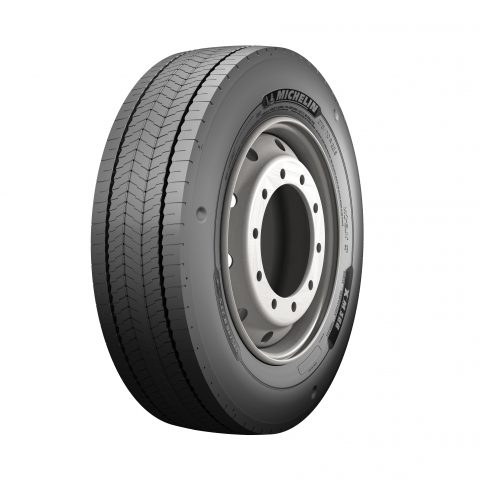The city bus tyre that carries 8 ton. Michelin and the tyre for electric buses
A 275/70R22.5 tyre capable of carrying a steer axle load of eight tons. Michelin developed the X-Incity Energy Z looking at the electric bus market, in order to counterbalance the increased weight due to the batteries and allowing 500 kg more passenger capacity on board. The new model of tyre for electric buses has been unveiled […]

A 275/70R22.5 tyre capable of carrying a steer axle load of eight tons. Michelin developed the X-Incity Energy Z looking at the electric bus market, in order to counterbalance the increased weight due to the batteries and allowing 500 kg more passenger capacity on board. The new model of tyre for electric buses has been unveiled at Busworld 2019.

The change towards electric mobility and the issue of weight
Numerous studies suggest that in the 2030s, 50% of all buses will be electric, and that’s already the case in a number of capital cities, Michelin highlights. «But this change towards sustainable mobility is not without its problems, one of which is coming from the increased bus weight induced by batteries necessary for a coherent autonomy. The current tyre limitation of 7.5 tonnes per axle obliges manufacturers to make compromises on the autonomy of the bus or the passenger capacity. Or even to go beyond dimensional standards by accepting bigger tyres, the only ones today that are able to withstand the additional load».
Michelin X-Incity Energy Z. The tyre for electric buses
The new Michelin 275/70R22.5 152/148J X-Incity Energy Z tyre is addressed to this issue. This tyre is constructed in such a way that it allows for a maximum axle load of eight tonnes with a load index of 152/148 which remains, however, within the standard dimension of 275/70R22.5, Michelin points out.
The tyre for electric buses can be fitted either on the driving axle or on the steering axle. Its carcass is strengthened with special cables. The specific design of its tread and sidewall is optimized to bear the demands of city traffic, to reduce noise and rolling resistance.
Electric buses to have same capacity than diesel buses
Jean-Matthieu Bodin, Product Category Manager Urban and Long Distance Transport Tire for Michelin Europe, explains: “This innovation will open new perspectives for electric bus developers. Thanks to the Michelin X-Incity Energy Z tyre, several constraints will disappear and will allow for a more sustainable urban mobility, with electric buses having the same capacity as current ones. In fact, an additional axle load of 500 kg means more battery autonomy and buses not having to reduce the number of passengers.”







